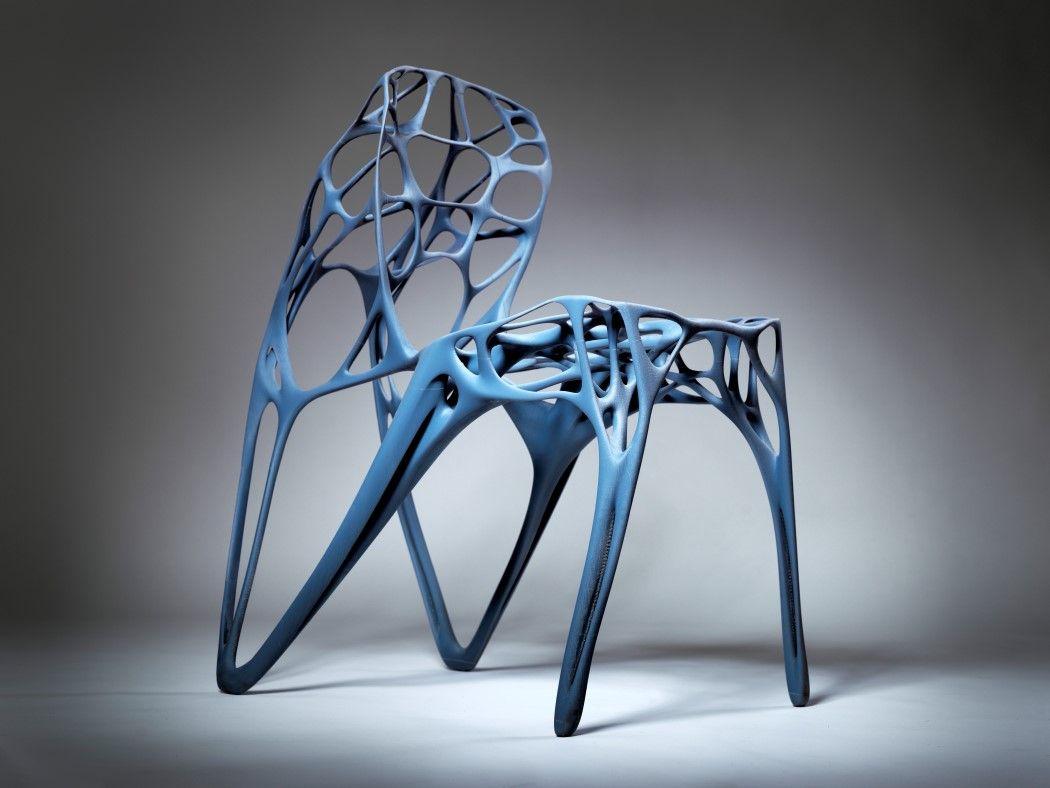Get more insights on Generative Design
Generative Design: The Future of Product Development

Generative Design is an emerging design process that leverages algorithms and computational methods to automate part of the design process. Instead of designers manually creating each version of a design, it uses optimization algorithms to automatically explore the design space and generate thousands of potential design solutions. The designer then evaluates the generated designs and selects the best options to be further refined and manufactured.
Benefits Over Traditional Methods
It offers numerous benefits compared to traditional, manual design processes:
– Increased Optimization: Optimization algorithms can find solutions that human designers may overlook. It evaluates thousands of potential designs to find solutions that optimize for weight, strength, manufacturability, and other criteria. This leads to designs that perform better.
– Faster Design Iterations: Once initialized, generative design systems can generate and evaluate thousands of Generative Design iterations autonomously in hours or days versus weeks or months by manual design. This accelerates the design process significantly.
– Broader Design Space Exploration: Traditional design is limited by what designers can conceive manually. It explores a far broader design space limited only by computational resources. This can lead to truly novel, outside-the-box design solutions.
– Reduced Design Bias: With traditional design, preconceptions and past experiences can unintentionally bias the design process. Generative design introduces more objectivity by relying on input criteria and algorithms rather than human subjectivity.
– Improved End Results: Studies have found it consistently produces lighter, stronger, and better performing designs than human designers alone across different industries. This enhances product quality.
Applications Across Industries
Generative design has applications across many industries including:
Aerospace – Aircraft and rocket components are being redesigned through it for maximum strength and minimum weight. This improves performance and fuel efficiency.
Automotive – Car chassis, suspension components, interior parts, and more are being optimized through it for weight reduction, crash performance, and manufacturability.
Consumer Products – Everyday products like phones, laptops, tools, and appliances are applying generative techniques to innovative new form factors and improve engineering traits.
Medical Devices – Implants, prosthetics, and surgical tools take advantage of generative design to meet rigorous specifications while optimizing biocompatibility and patient outcomes.
- Art
- Causes
- Crafts
- Dance
- Drinks
- Film
- Fitness
- Food
- Spiele
- Gardening
- Health
- Startseite
- Literature
- Music
- Networking
- Andere
- Party
- Religion
- Shopping
- Sports
- Theater
- Wellness
- IT, Cloud, Software and Technology


